
|
|

|

|
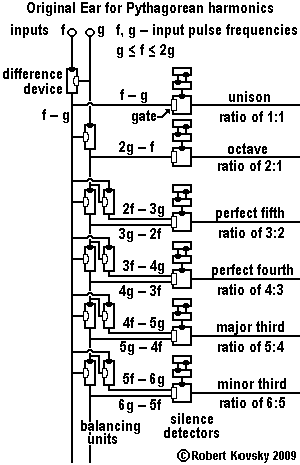
|

|

|

|

|
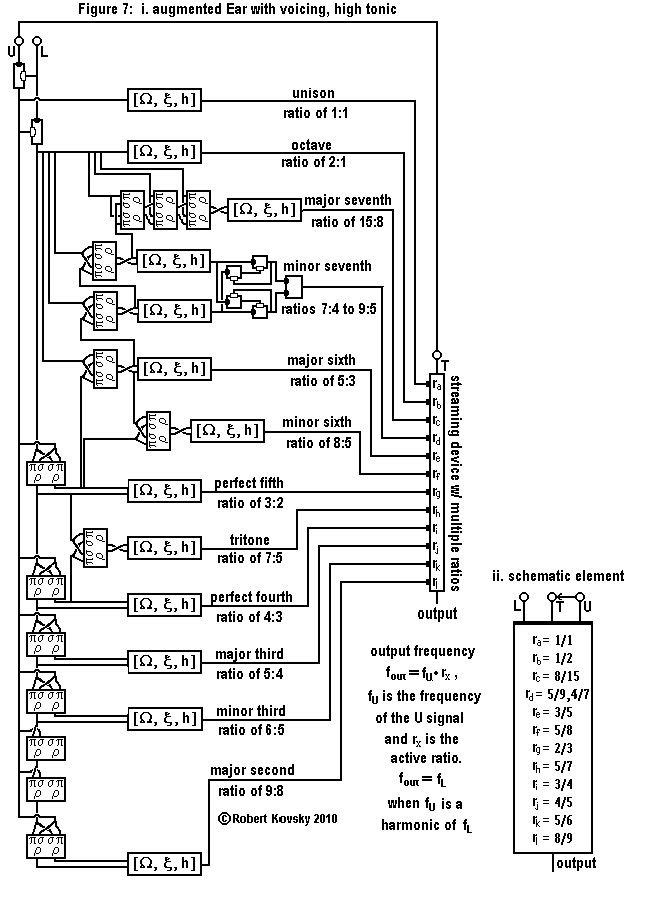
|
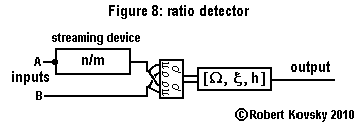
|

|

|
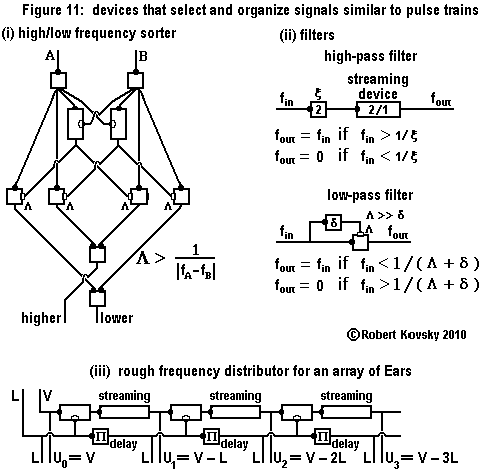
|
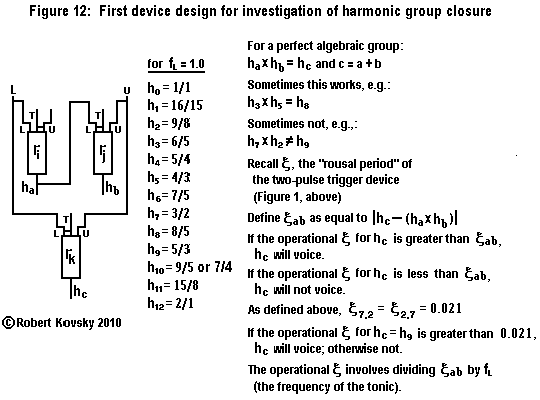
|
| Table of limit values for
ξab = | hc - (ha x hb) |, where c = a + b and (ha x hb) < 2. | |||||||||||||||
|---|---|---|---|---|---|---|---|---|---|---|---|---|---|---|---|
| index | || | 0 | 1 | 2 | 3 | 4 | 5 | 6 | 7 | 8 | 9 | 10 | 11 | 12 | |
| hindex | || | 1 | 16/15 | 9/8 | 6/5 | 5/4 | 4/3 | 7/5 | 3/2 | 8/5 | 5/3 | 7/4
9/5 | 15/8 | 2 | |
|
— — — — — — — — — — — — — — — — — — —
| |||||||||||||||
| 0 | 1 | | | 0 | 0 | 0 | 0 | 0 | 0 | 0 | 0 | 0 | 0 | 0 | 0 | 0 |
| 1 | 16/15 | | | 0 | 0.013 | 0 | 0.030 | 0 | 0.022 | 0.007 | 0 | 0.040 | 0.023 | 0.008 | 0 | |
| 2 | 9/8 | | | 0 | 0 | 0.016 | 0.017 | 0.006 | 0 | 0.025 | 0.021 | 0 | 0 | |||
| 3 | 6/5 | | | 0 | 0.030 | 0.017 | 0.040 | 0 | 0 | 0.013 | 0 | 0.045 | 0 | |||
| 4 | 5/4 | | | 0 | 0 | 0.006 | 0 | 0.038 | 0 | 0 | 0 | 0 | ||||
| 5 | 4/3 | | | 0 | 0.022 | 0 | 0 | 0 | 0.023 | 0.008 | 0 | |||||
| 6 | 7/5 | | | 0 | 0.007 | 0.025 | 0.013 | 0 | 0.008 | 0.040 | ||||||
| 7 | 3/2 | | | 0 | 0 | 0.021 | 0 | 0 | 0 | |||||||
| 8 | 8/5 | | | 0 | 0.040 | 0 | 0.045 | 0 | ||||||||
| 9 | 5/3 | | | 0 | 0.023 | 0 | 0 | |||||||||
| 10 | 7/4 9/5 | | | 0 | 0.008 | |||||||||||
| 11 | 15/8 | | | 0 | 0 | |||||||||||
| 12 | 2 | | | 0 | ||||||||||||
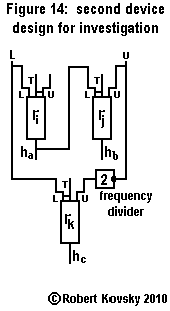
|
| Combined table of values for
ξab = | hc - (ha x hb) |, where c = a + b and (ha x hb) < 2; and ξab = | hc - ½ (ha x hb) |, where c = a + b and (ha x hb) > 2. | |||||||||||||||
|---|---|---|---|---|---|---|---|---|---|---|---|---|---|---|---|
| index | || | 0 | 1 | 2 | 3 | 4 | 5 | 6 | 7 | 8 | 9 | 10 | 11 | 12 | |
| hindex | || | 1 | 16/15 | 9/8 | 6/5 | 5/4 | 4/3 | 7/5 | 3/2 | 8/5 | 5/3 | 7/4
9/5 | 15/8 | 2 | |
|
— — — — — — — — — — — — — — — — — — —
| |||||||||||||||
| 0 | 1 | | | 0 | 0 | 0 | 0 | 0 | 0 | 0 | 0 | 0 | 0 | 0 | 0 | 0 |
| 1 | 16/15 | | | 0 | 0.013 | 0 | 0.030 | 0 | 0.022 | 0.007 | 0 | 0.040 | 0.023 | 0.008 | 0 | 0 |
| 2 | 9/8 | | | 0 | 0 | 0.016 | 0.017 | 0.006 | 0 | 0.025 | 0.021 | 0 | 0 | 0.012 | 0.012 | 0 |
| 3 | 6/5 | | | 0 | 0.030 | 0.017 | 0.040 | 0 | 0 | 0.013 | 0 | 0.045 | 0 | 0.013 | 0 | 0 |
| 4 | 5/4 | | | 0 | 0 | 0.006 | 0 | 0.038 | 0 | 0 | 0 | 0 | 0.025 | 0 | 0.028 | 0 |
| 5 | 4/3 | | | 0 | 0.022 | 0 | 0 | 0 | 0.023 | 0.008 | 0 | 0 | 0.014 | 0 | 0 | 0 |
| 6 | 7/5 | | | 0 | 0.007 | 0.025 | 0.013 | 0 | 0.008 | 0.040 | 0.017 | 0.005 | 0.033 | 0.010 | 0.021 | 0 |
| 7 | 3/2 | | | 0 | 0 | 0.021 | 0 | 0 | 0 | 0.017 | 0 | 0 | 0 | 0.017 | 0.006 | 0 |
| 8 | 8/5 | | | 0 | 0.040 | 0 | 0.045 | 0 | 0 | 0.005 | 0 | 0.030 | 0 | 0 | 0 | 0 |
| 9 | 5/3 | | | 0 | 0.023 | 0 | 0 | 0.025 | 0.014 | 0.033 | 0 | 0 | 0.011 | 0 | 0.038 | 0 |
| 10 | 7/4 9/5 | | | 0 | 0.008 | 0.012 | 0.013 | 0 | 0 | 0.010 | 0.017 | 0 | 0 | 0.020 | 0.021 | 0 |
| 11 | 15/8 | | | 0 | 0 | 0.012 | 0 | 0.028 | 0 | 0.021 | 0.006 | 0 | 0.038 | 0.021 | 0.008 | 0 |
| 12 | 2 | | | 0 | 0 | 0 | 0 | 0 | 0 | 0 | 0 | 0 | 0 | 0 | 0 | 0 |
|
Your comments and suggestions are welcome. Please write to the adjacent email address (shown in an image to minimize spam). |

|
2/3/11